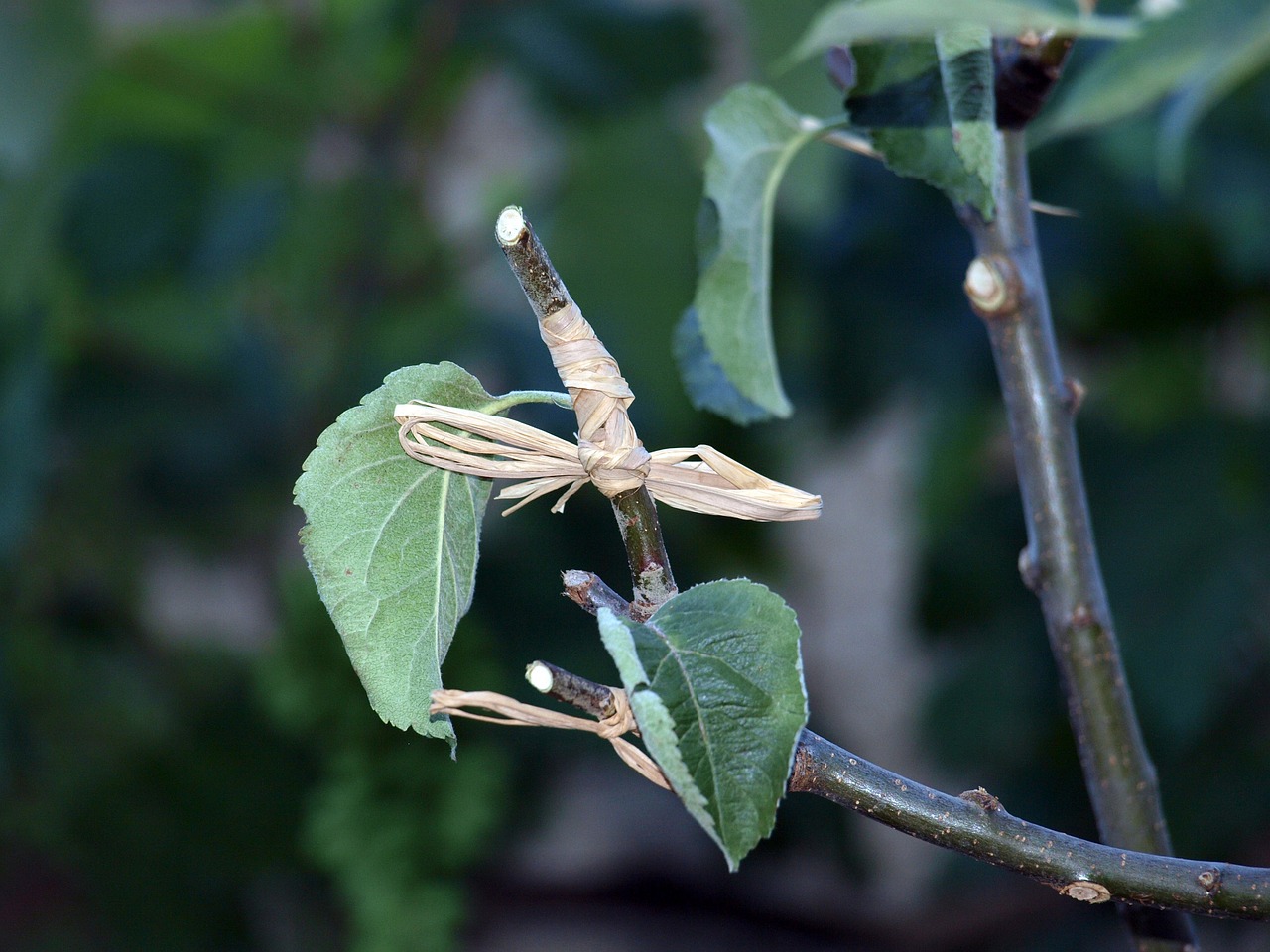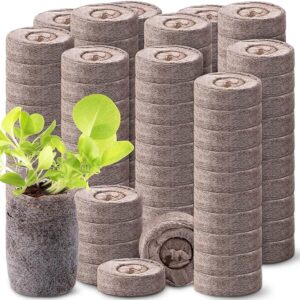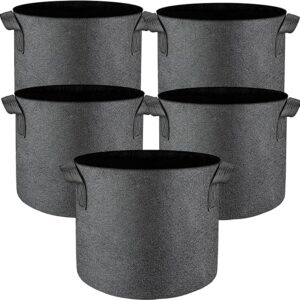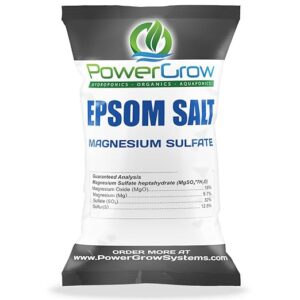Grafting, a horticultural technique that dates back centuries, has played a pivotal role in shaping the fruit tree industry. This age-old practice involves joining together different plant parts to create a single, combined organism with the desirable characteristics of both. The art of grafting not only allows for the propagation of specific fruit tree varieties but has also contributed significantly to the cultivation of diverse, resilient orchards for generations.
The Grafting Process:
Selection of Rootstock and Scion:
Grafting typically involves two essential components: the rootstock and the scion. The rootstock is the lower portion of the graft, often selected for its robust root system and disease resistance. The scion, on the other hand, is the upper portion, chosen for its desirable fruit characteristics.
Grafting Techniques:
There are various grafting techniques employed by horticulturists, each with its unique benefits. Some common methods include cleft grafting, whip-and-tongue grafting, and bud grafting. The choice of technique often depends on the specific fruit tree species, the time of year, and the desired outcome.
Timing:
Grafting is typically performed during the dormant season, ensuring that the tree’s energy is directed toward healing and establishing the graft union. The timing varies based on the type of fruit tree and the grafting method used.
Graft Union:
The success of grafting hinges on the establishment of a robust graft union, where the tissues of the rootstock and scion fuse together. This union is critical for the flow of nutrients and water between the root system and the grafted branches.
Historical Significance:
Preservation of Desirable Traits:
One of the key reasons grafting became widespread in the fruit tree industry was the ability to preserve and propagate desirable traits. Ancient cultures recognized exceptional fruit trees and sought to replicate their qualities through grafting, ensuring the continuity of superior varieties.
Accelerating Orchard Establishment:
Grafting allows for the rapid establishment of orchards compared to growing trees from seeds. This acceleration is particularly crucial in commercial fruit production, where time is of the essence for profitability.
Disease Resistance and Adaptability:
Rootstocks selected for grafting often exhibit resistance to specific diseases or pests, enhancing the overall health and resilience of the fruit tree. Additionally, grafting allows for the adaptation of fruit trees to different soil conditions and climates by choosing rootstocks suited to specific environments.
Diversification of Orchards:
Grafting has enabled orchardists to diversify their fruit offerings. Through this technique, a single tree can produce multiple varieties of fruits, adding variety to orchards and meeting the demands of diverse consumer preferences.
Modern Implications:
Commercial Fruit Production:
In contemporary fruit tree cultivation, grafting remains a fundamental practice in commercial orchards. It allows growers to mass-produce consistent, high-quality fruit, meeting the demands of a global market.
Conservation of Heritage Varieties:
Grafting has played a vital role in preserving heritage and heirloom fruit varieties. Through careful propagation, rare and unique cultivars are maintained, preventing their extinction.
Disease Management:
As new diseases and pests emerge, grafting becomes a crucial tool for managing and mitigating their impact. By selecting disease-resistant rootstocks, orchardists can protect their fruit trees and ensure sustainable production.
Genetic Engineering and Innovation:
Advancements in biotechnology have expanded the possibilities within the grafting realm. Techniques like genetic engineering and tissue culture have allowed for precise manipulation of plant genetics, offering new avenues for disease resistance, improved yields, and enhanced fruit quality.
In conclusion, grafting stands as a testament to the ingenuity of horticulturists throughout history. This age-old technique has not only shaped the fruit tree industry but continues to be a cornerstone of modern fruit cultivation. As we savor the diverse array of fruits in our markets, we owe a debt of gratitude to the ancient art of grafting, a practice that has shaped orchards and landscapes for countless generations.
-
100 Pcs 6 x10cm Plastic Nursery/Garden Label Tags
-
100 Pcs Peat Pellets Plant Starter, 36MM
-
3 Pack 6.5 Inch Pruning Shears, Gardening Scissors
-
5 Pcs Grow Bags 5 Gallon Plant Grow Bags Multi-Purpose Nonwoven Fabric Pots with Durable Handles
-
Epsom Salt (Magnesium Sulfate) Agricultural Grade (5 Pounds)
-
Gardening Log Book and Planner
-
Jack’s Classic All purpose Fertilizer, water soluble, 20-20-20 1.5 lbs
-
Mini Greenhouse-4-Tier Indoor/Outdoor. Grow Plants, Seedlings, Herbs, or Mushrooms
-
Mini Humidity Meter Hygrometer/Thermometer 6 Pack










